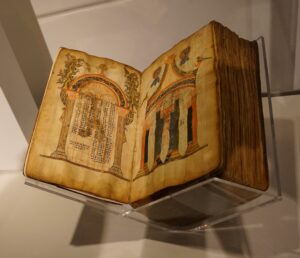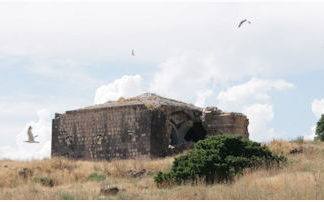By Tom Vartabedian
PASADENA, Calif. — Istanbul is under siege. The Turkish consulate has been bombed and the police station invaded by suspected Isis terrorists, resulting in bloodshed and a number of casualties.
You’re three weeks away from your first trip to Historic Armenia, flying to Istanbul aboard a Turkish airliner from Boston, and news bulletins are reporting the upheaval. Any cause for alarm?
Not if you’re Matthew Karanian, a published author, photographer and historian whose book Historic Armenia has won its share of fan approval. Karanian focuses on Western Armenia after 100 years, giving particular notice to Ani, Kars and the Six Provinces.
He has faced a number of obstacles during his various pilgrimages abroad. Virtually nothing stands in his path to capture a worthy image.
“Remember that I went to Van alone in 1997 when the PKK was shooting down Turkish military helicopters. By comparison, conditions today are mostly calm, mostly everywhere,” he recalls.









